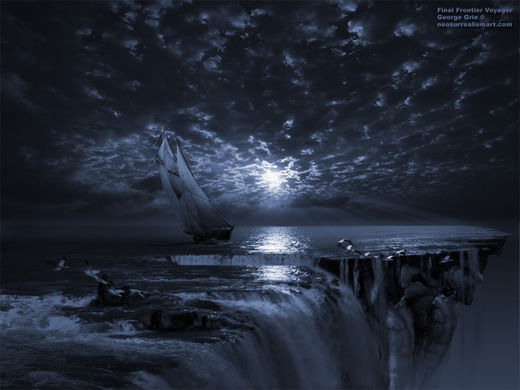
© George Grie/neosurrealismart.com"Final Frontier Voyage" - when will today's equivalents of yesterday's flat world theorists wake up and see what's on the horizon?
Hi Dr. West,
I've been following the latest news. And I thought you could use a bit of moral support.
It probably sounds crazy for a certified welding inspector and ironworker to retire and pursue impact research full-time. Especially since I'm pretty much a nobody. But like many others, I'm looking to identify the planetary scarring and blast-affected materials of the impact storms of the Early Holocene. A little military training in battle damage assessment from aerial photography and a copy of Google Earth goes a long way here.
And being a nobody makes me especially sensitive to
ad hominem attacks. I am prepared to debate the science I propose with the big kids. But as an autodidact, an outsider and a complete nobody, I have no defense if the attacks are personally about me, and not the science. So whenever I'm reading along and one side or another, in any given debate, sinks to
ad hominem, I have a policy of looking past it at the science that's being ignored or smoke-screened. I tend to mentally disqualify any debater who sinks to such small-minded tactics, and ignore further comments from them in the future. And from what I see of it, the science of yours I see smoke-screened by all the
ad hominem crap in the popular press lately is, nevertheless, as good as it gets.
Like you and the others of Firestone
et al, what I've been able to find pretty much flies in the face of the kind of Uniformitarian/Gradualist assumptive reasoning that's been the foundation postulate of the Earth Sciences since Sir Charles Lyell published
Principles of Geology back in 1830. And regarding the events of the Pleistocene-Holocene transition, I'm ready to make the case that the foundation geologic principle in the Earth sciences, expressed in the slogan, "The present is the key to the past", is almost as
naïve as flat-world theory.
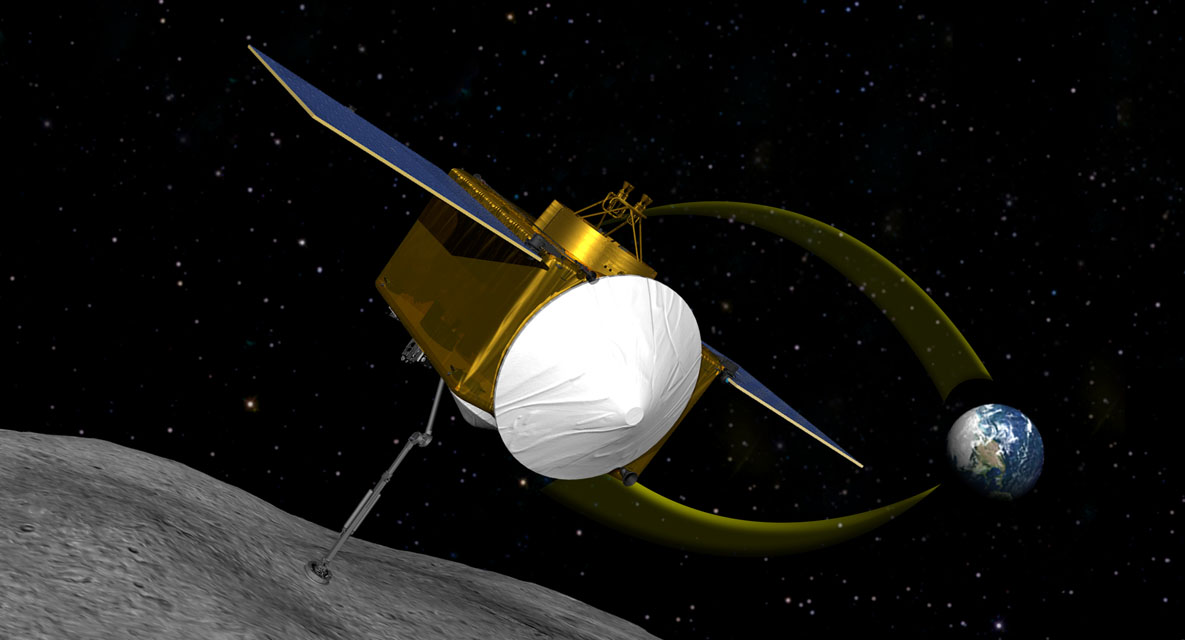

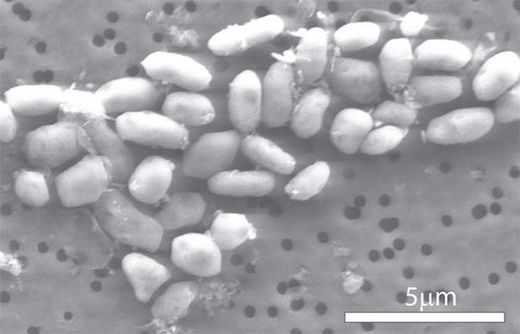
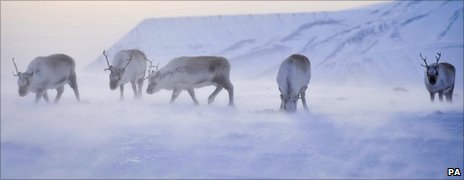

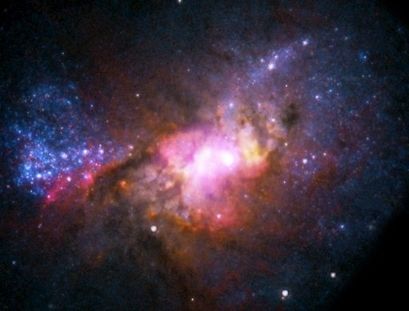

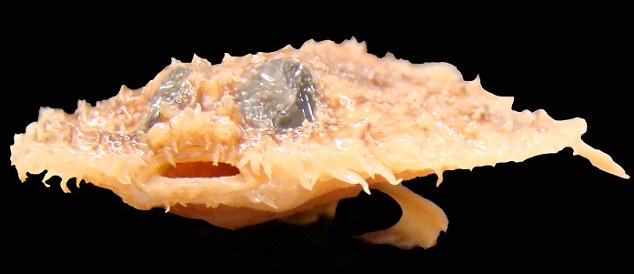





Comment: It would seem as though NASA is luring us into a false sense of security by focusing on big asteroids, considering the fact that a fragmenting comet is much harder to detect and predict (and ultimately much more destructive) than the "big one".
The reader may be interested in reading An Open Letter to Allen West, and R.B. Firestone et al by Dennis Cox for more information.